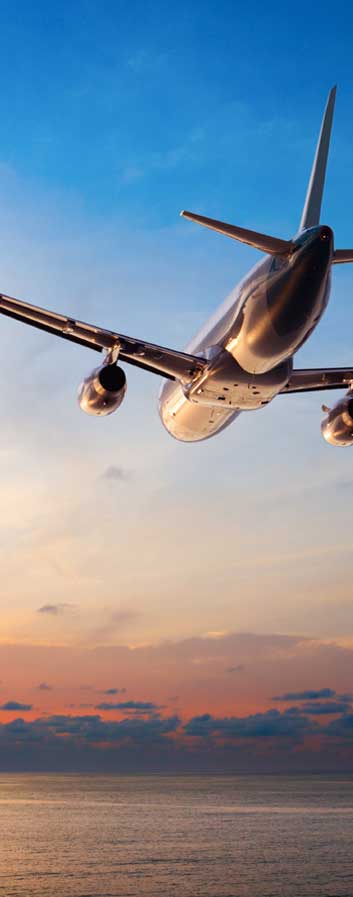Asakusa
Asakusa (浅草) is the center of Tokyo's shitamachi (literally "low city"), one of Tokyo's districts, where an atmosphere of the Tokyo of past decades survives.
Asakusa's main attraction is Sensoji, a very popular Buddhist temple, built in the 7th century. The temple is approached via the Nakamise, a shopping street that has been providing temple visitors with a variety of traditional, local snacks and tourist souvenirs for centuries.
Asakusa can easily be explored on foot. Alternatively, you can consider a guided tour on a rickshaw (jinrikisha, literally "man powered vehicle"). A 30 minute tour for two persons costs around 8000 yen. Shorter and longer courses are also available.
For many centuries, Asakusa used to be Tokyo's leading entertainment district. During the Edo Period (1603-1867), when the district was still located outside the city limits, Asakusa was the site of kabuki theaters and a large red light district. In the late 1800s and early 1900s, modern types of entertainment, including movie theaters, set foot in Asakusa.
However, large parts of Asakusa were destroyed in the air raids of World War Two. And while the area around the rebuilt Sensoji has regained its former popularity after the war, the same cannot be said for Asakusa's entertainment district. The opening of the 634 meter tall Tokyo Skytree, a twenty minute walk across the Sumida River from Asakusa, has led to an increase of tourists recently.
Kaminarimon is the first of two large entrance gates leading to Sensoji Temple. First built more than 1000 years ago, it is the symbol of Asakusa. The Nakamise shopping street leads from Kaminarimon to the temple grounds.

Sensoji ("Senso" is an alternative reading for Asakusa and "ji" means temple) is Tokyo's most famous and popular temple. Built in the 7th century, it is also one of its oldest, although the current buildings are postwar reconstructions.

Asakusa Shrine, also known as Sanja-sama, was built during the Edo Period and survived the air raids of 1945. The shrine's festival, the Sanja Matsuri, is one of Tokyo's most spectacular and popular. It is held every year on a weekend (Friday to Sunday) in mid May.

Dempoin is a temple just next to Sensoji, known for its beautiful garden. Unfortunately, the temple and garden are not open to the public. Visiting the garden by appointment, as it used to be possible, cannot be done anymore, either.

The Nakamise shopping street stretches over approximately 250 meters from Kaminarimon to the main grounds of Sensoji Temple. It is lined by more than 50 shops, which offer local specialties and the usual array of tourist souvenirs.
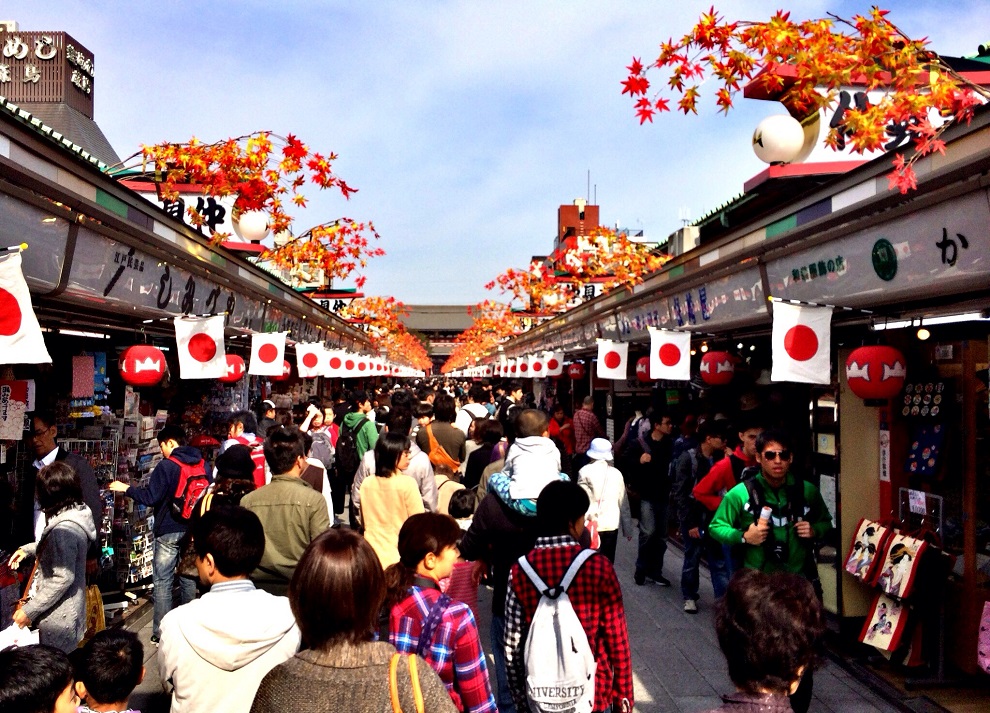
Shin-Nakamise or "New Nakamise" runs perpendicular to the Nakamise Shopping Street. It is a covered shopping arcade lined by various shops and restaurants.

Kappabashi is an almost one kilometer long street lined by shops catering to restaurant businesses. Items on sale include tableware, kitchen utensils and appliances, sample food, furniture, signs, lanterns and uniforms.
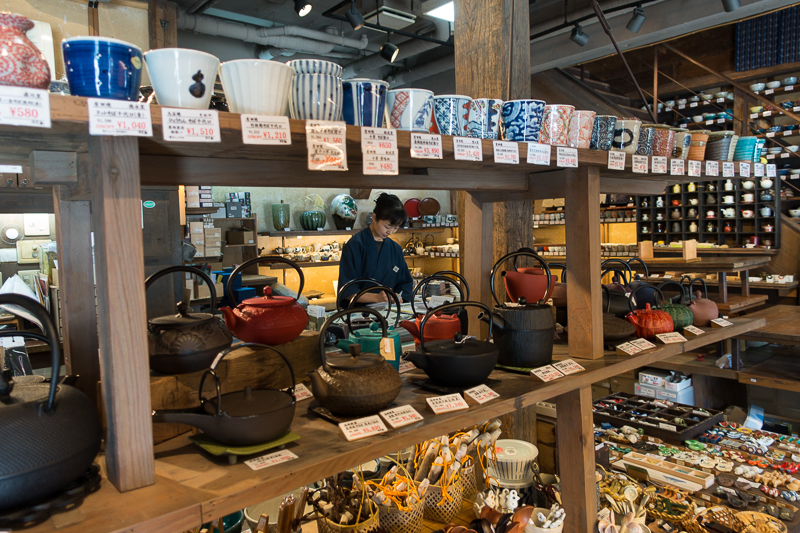
Rox is a shopping and entertainment complex consisting of a main building (Rox) and three annex buildings (Rox2G, Rox3 and Rox Dome). Many shops sell fashion for ladies and kids. There is a 24h supermarket in the basement.

Tobu Asakusa Station is the terminal station of Tobu trains heading into the suburbs and prefectures north of Tokyo, including trains to Nikko. The station building also houses a Matsuya department store that spans eight floors.
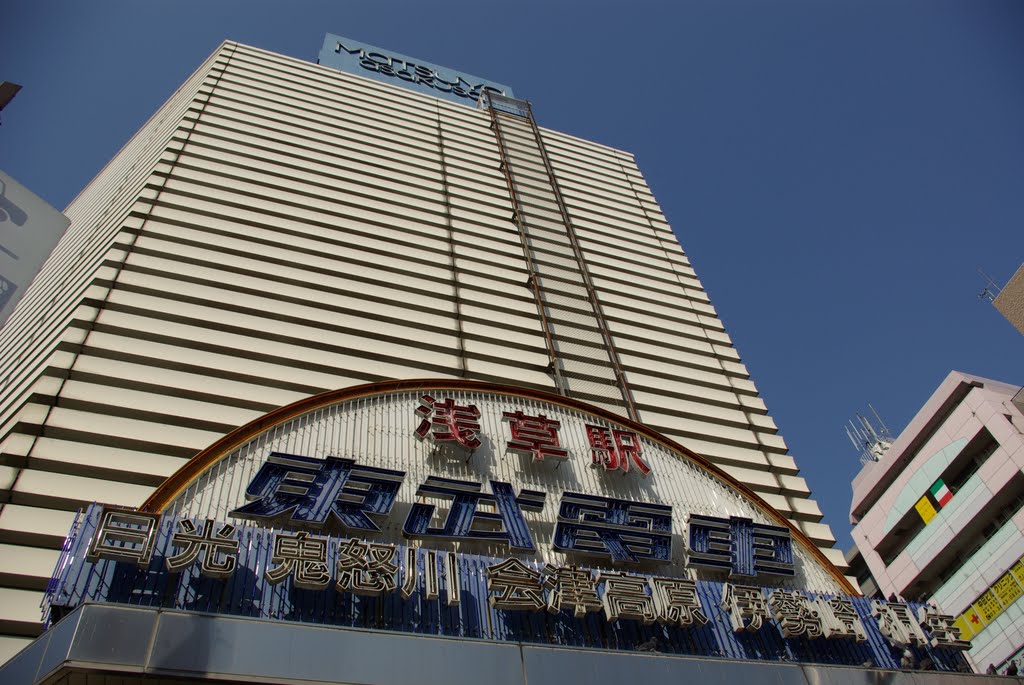
The Asakusa Culture Tourist Information Center was newly opened in 2012, adding diversity to the streets of Asakusa with its interesting architectural design. The eight story building offers a counter providing tourist information in multiple languages, free wifi connectivity, a cafe, and an observation deck which provides good views looking onto Sensoji Temple and the Nakamise Shopping Street.

Tokyo Water Bus operates sightseeing ships every 30 to 60 minutes from Asakusa Pier via Hama Rikyu Garden to Hinode Pier, where you can transfer to a ship to Odaiba. In addition, there are less frequent, direct ships from Asakusa to Odaiba.
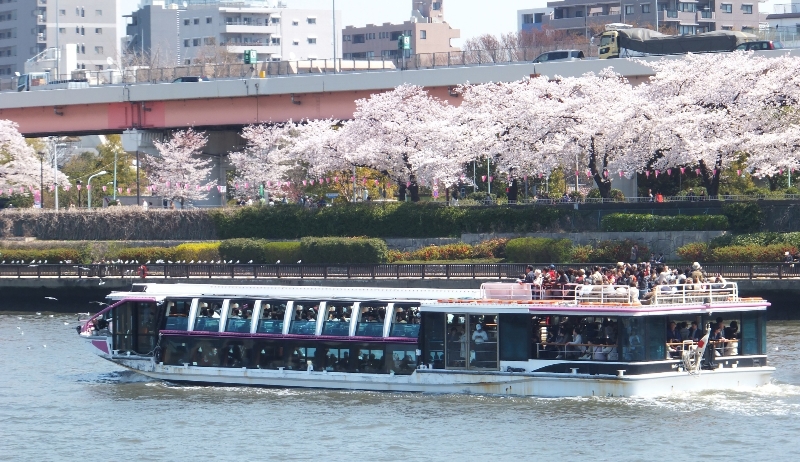
This riverside park stretches along both sides of Sumida River for several hundred meters. In spring it becomes a popular cherry blossom viewing spot, while on the last Saturday of July it becomes the site of the Sumida River Firework.

Rokku used to be Tokyo's leading entertainment district before the war, hosting Japan's first cinema and more. However, the district has not regained its former popularity after the war. Today, Rokku offers attractions such as rakugo theaters, cinemas and pachinko parlors.
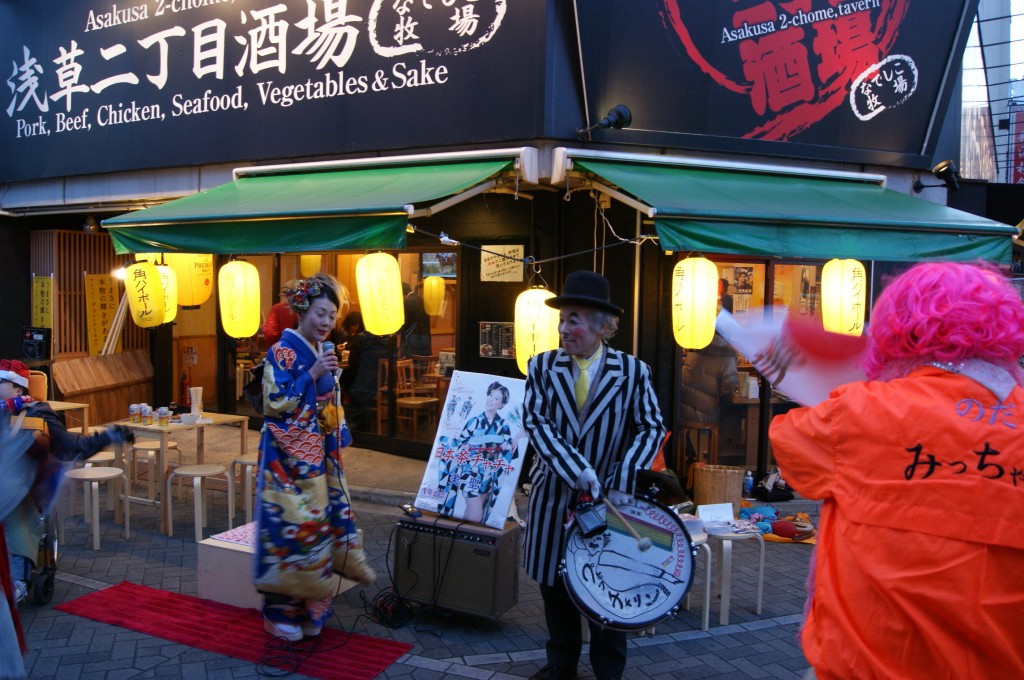
Originally opened as a flower park, Hanayashiki has a history of more than 150 years. Located just a few steps from Sensoji, the miniature amusement park offers numerous attractions, including a small Ferris wheel, roller coaster, carousel and Space Shot.
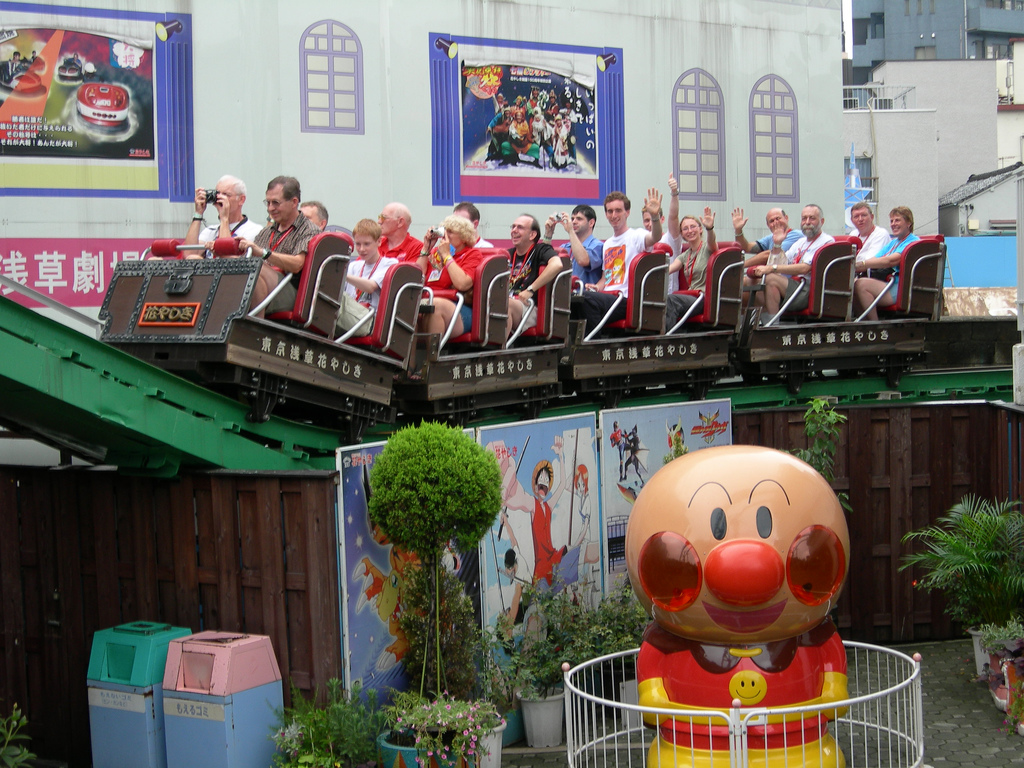
The Asahi Beer Tower and Asahi Super Dry Hall with its characteristic Flamme d'Or were, completed in 1989 and host the headquarters of Asahi Breweries. Furthermore, several restaurants can be found in the complex.
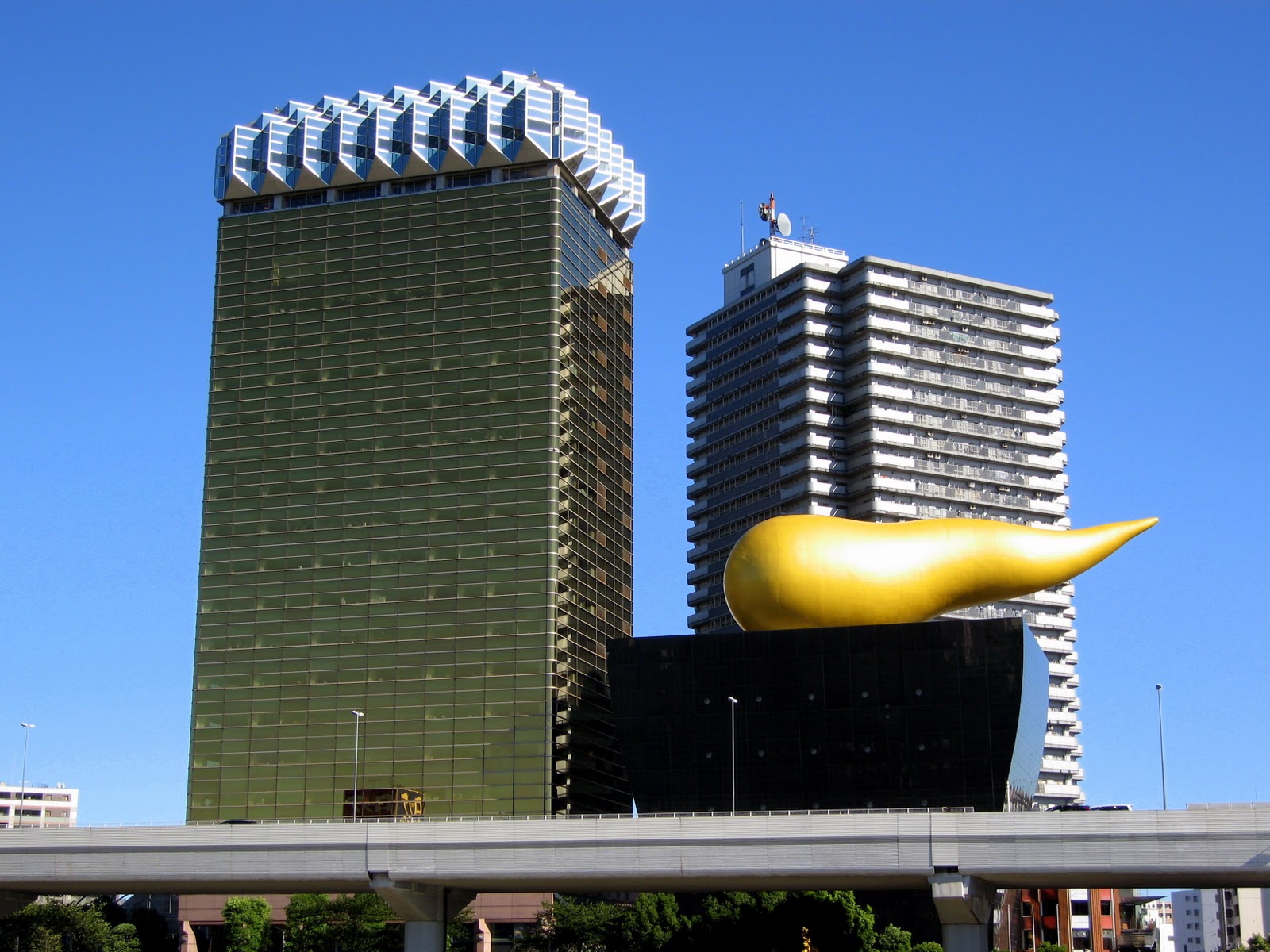
Drums from around the world, including Japanese taiko drums, are exhibited in this small museum. Visitors can play several of the drums. The museum is located in a floor above the Miyamoto Unosuke Nishi Asakusa store, which sells Japanese drums and festival goods.
















